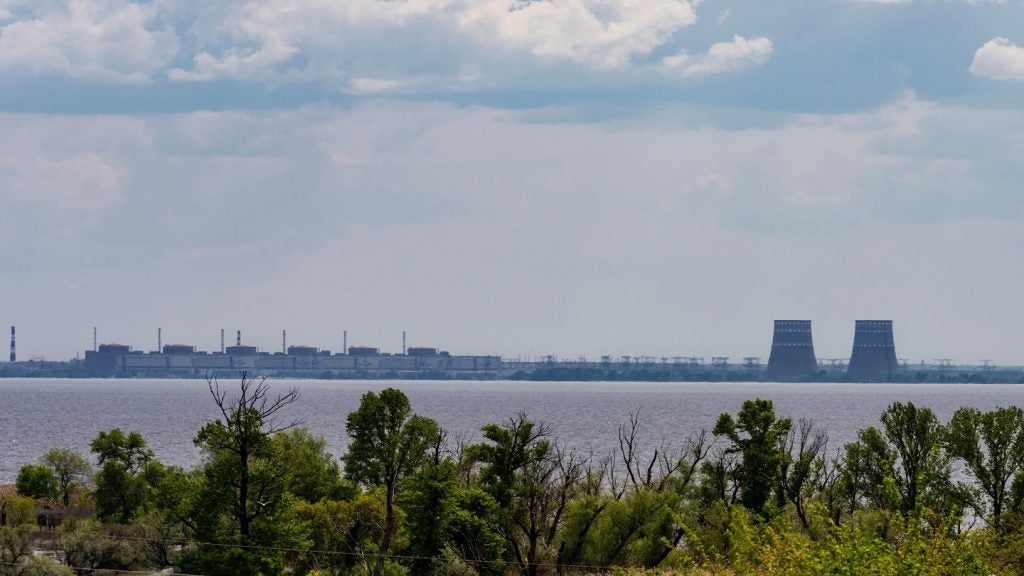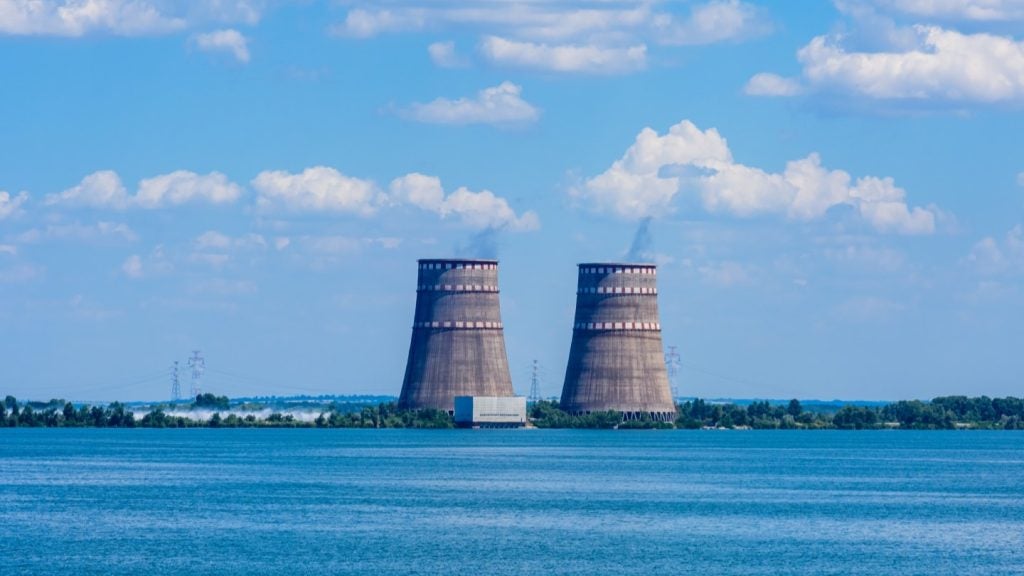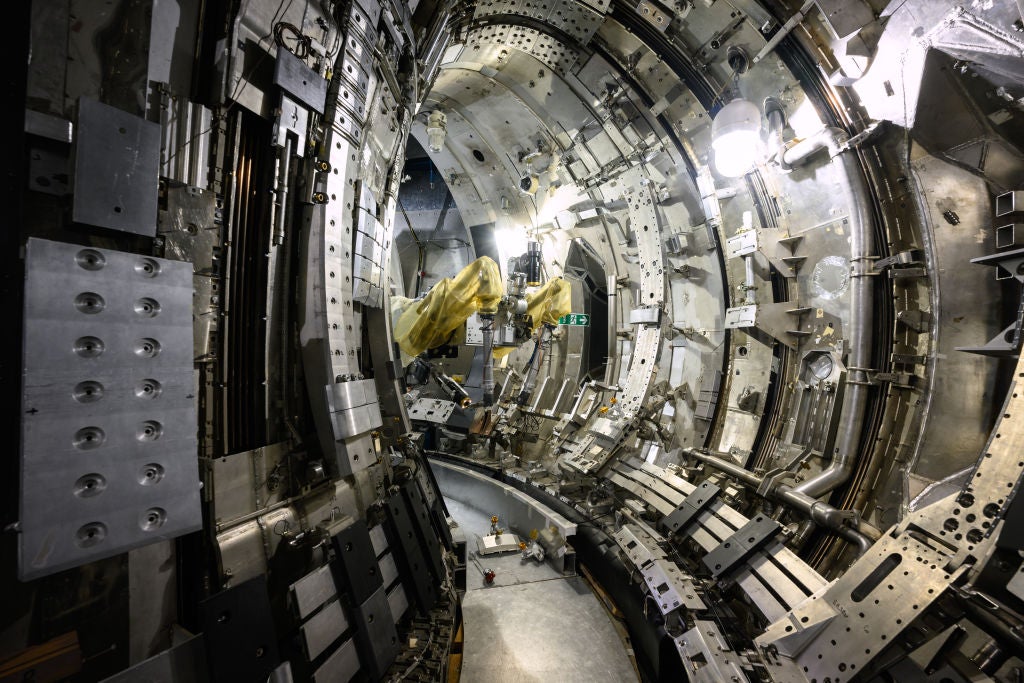

Since the closure of the SONGS reactor in 2012 three nuclear power plants with a total of four reactors were taken out of service in the US in 2013, and another in 2014. Many others have been announced up to the end of the decade.
These shutdowns are part of a growing trend in the US, and some would say globally, for nuclear power as plant owners and operators struggle to keep them commercially viable amid cheap wholesale electricity prices.
But what are the impacts of these closures to the economy and environment? A new report suggests the consequences can be very bad indeed.
In his report ‘Market Impacts of a Power Plant Closure’, co-authored by Catherine Hausman of University of Michigan, Lucas Davis found that the closure of SONGS in California in 2012 resulted in electricity generating costs rising by $350m during the following year and carbon dioxide emissions rising by nine million metric tonnes (Mt) – the equivalent of putting two million additional cars on the road.
Heidi Vella-Starr speaks with Davis about his report and the fall-out for nuclear power.
How well do you really know your competitors?
Access the most comprehensive Company Profiles on the market, powered by GlobalData. Save hours of research. Gain competitive edge.

Thank you!
Your download email will arrive shortly
Not ready to buy yet? Download a free sample
We are confident about the unique quality of our Company Profiles. However, we want you to make the most beneficial decision for your business, so we offer a free sample that you can download by submitting the below form
By GlobalDataHeidi Vella-Starr (HVS): When SONGS closed its generating capacity, what drove up emissions and costs?
Lucas Davis (LD): The first that I think you see in the data really clearly, and which makes sense when you think about it, is in the short-term these closures are going to be met by natural gas – period.
Yes, we can talk about bringing more renewables online but it takes years to open new renewables so in the short to medium-term this is met by whatever can meet it at the time and in the US what we have a lot of spare capacity of is natural gas.
So all of a sudden you have to pay for that [new electricity generation].
Then it is a trade-off: you have to pay for the natural gas used to generate the natural gas plant. On the other hand you are also reducing the operational costs of your nuclear power plant. I don’t want to trivialise those [costs] – they’re substantial. The last plant closed in California and the new plant that will close [Diablo Canyon], both of them had about a thousand workers – so you do make that saving.
HVS: What, in your opinion, is the biggest impact of nuclear power plant closures?
LD: Well, I guess what I would say is I am struck by the carbon implication of all these nuclear closures. Just in California in this last week, PG&E announced they are going to close Diablo Canyon. This is a plant that has produced an enormous amount of power over its lifetime and with virtually zero carbon electricity.
These closures make me question how serious we really are about lowering carbon dioxide emissions.
It is crazy that we are not taking carbon dioxide emissions into account when these nuclear plants are closing. We are doing all these other things, energy-efficiency and solar, to decrease carbon dioxide emissions and here we have these huge facilities that worked really well for decades and avoid huge amount of carbon dioxide and we are just letting them close. it seems hard to understand.
HVS: You state that wages for nuclear power plant employees increased by 20% between 2002 and 2013. Is that a fair increase or particularly high?
LD: I think that is a typical increase for skilled workers in the US for that period. But what that means is that you have a nuclear power plant that has around 1,000 workers per plant.
A natural gas combined-cycle plant has three guys working the controls and much lower labour requirements. You can run one of these combined-cycle natural gas plants with just bare bones staff, so as labour costs go up that is not good for nuclear power, it makes nuclear power relatively more expensive.
HVS: The SONGS nuclear plant closed suddenly, so there was no preparation for replacement electricity generating capacity. However, the Diablo Canyon nuclear plant is going to be replaced by mostly renewables…
LD: That is certainly what the statement said by PG&E but I don’t completely understand it. PG&E is already committed under California’s renewable portfolio standards to increase the generation coming from renewables. What you really have to say is we are going to increase renewable generation by more than what we would have otherwise – and I think that is a very hard counterfactual to make.
It’s easy for PG&E to say we have this solar and wind project coming online but I guess what I would say is, wouldn’t a lot of this have come online anyway, even if Diablo had remained open?
HVS: Closures in the US, which has the most nuclear plants in the world, is a trend. Why is this happening?
LD: Nuclear plants in the US are in dire shape financially and it is mainly because of low wholesale electricity prices, fuelled by cheap natural gas. Back in 2008/2009 when natural gas prices were high these nuclear plants were printing money and the companies that had acquired them like Exelon were the toast of the town. They were making oodles of profit when wholesale prices were high. Now that has completely come around and these plants are really struggling to pay for their operating costs.
Six plants have already closed and there is another dozen plants that are threatening to close. We are seeing the beginning of the end of the nuclear era in the US.
HVS: Is this a global trend?
LD: I think it is. When the fracking revolution started natural gas prices diverged a lot from Europe and Asia but the recent data I have seen is low natural gas prices around the world.
HVS: What needs to be done to support nuclear in order to lower CO2 emissions?
LD: Like most economists I strongly support a carbon tax. If you had a carbon tax that would increase wholesale prices that would help nuclear power. We don’t have that. Instead we have this mess of overlapping policy. It really works against nuclear, we have these renewable portfolio standards that provide a boost to renewables but nuclear gets left out of that.
HVS: Why does the US not have a carbon tax?
LD: That is a great question. The US is incredibly tax phobic. It has just become impossible politically for anyone to introduce tax. That is a really hard, important, interesting question I don’t know the answer to.
HVS: Is it not because politically the issued is getting side-lined because of other political issues?
LD: Well, if there was national progress on other issues that would make sense. I just view Washington as absolute stalemate, nothing is moving forward, nothing is getting done.
HVS: How do you think the upcoming US election could affect the nuclear industry within the country?
LD: I am optimist so I hope that we could see a carbon tax or a national carbon tax or cap and trade for carbon somewhere in the future. I don’t see it immediately. I don’t think either candidate would take it on immediately. The enduring appeal of a carbon tax is that it would raise revenue so I think the political winds will change at some point. Carbon tax is so great. Not only does it address carbon dioxide emissions but it also raises revenue that can be used to reduce other taxes.
HVS: But that would ultimately increase people’s electricity bills?
LD: Yes, absolutely. Electricity bills would go up. Electricity bills are not high, they are not a lot of people’s budgets. We have great programmes in the US and in all OECD countries to help low income households. For everyone else they are not even going to notice.
HVS: What is the key point you want people and industry to take away from this report?
LD: I think two things. One: US nuclear plants are in dire straits economically and financially. Two: those closures have enormous implications for carbon dioxide emissions.







